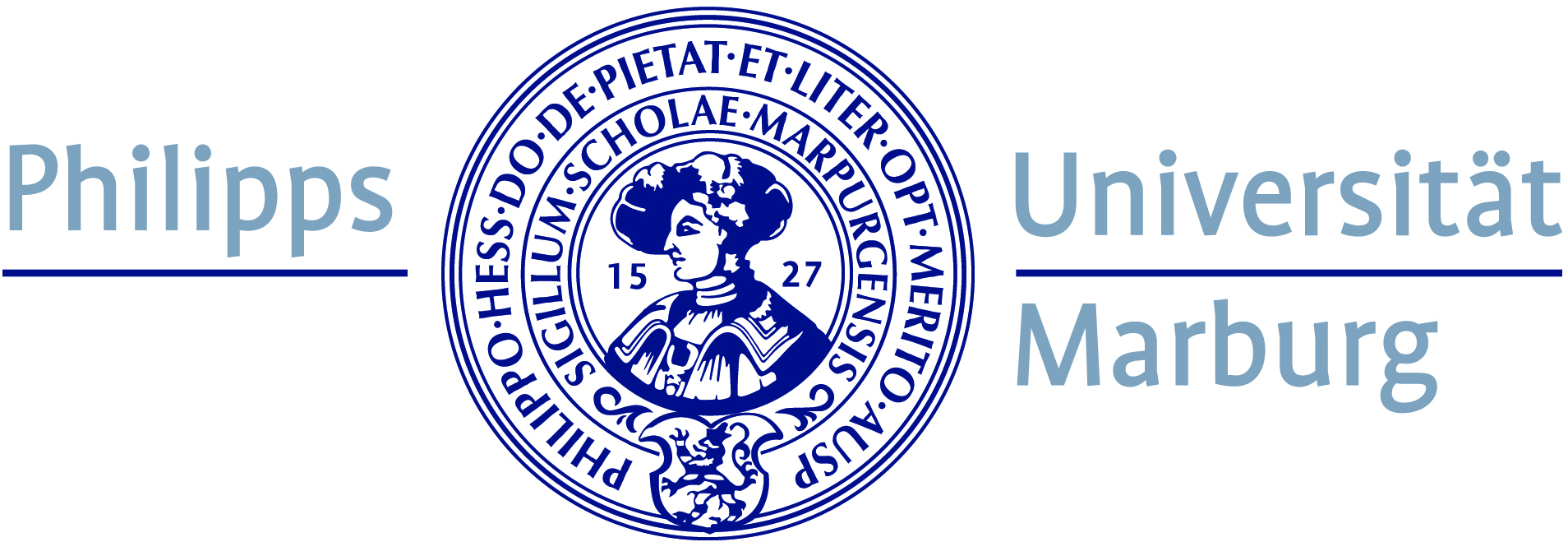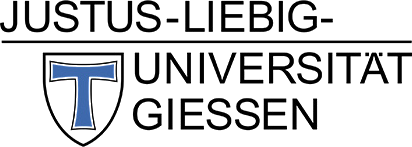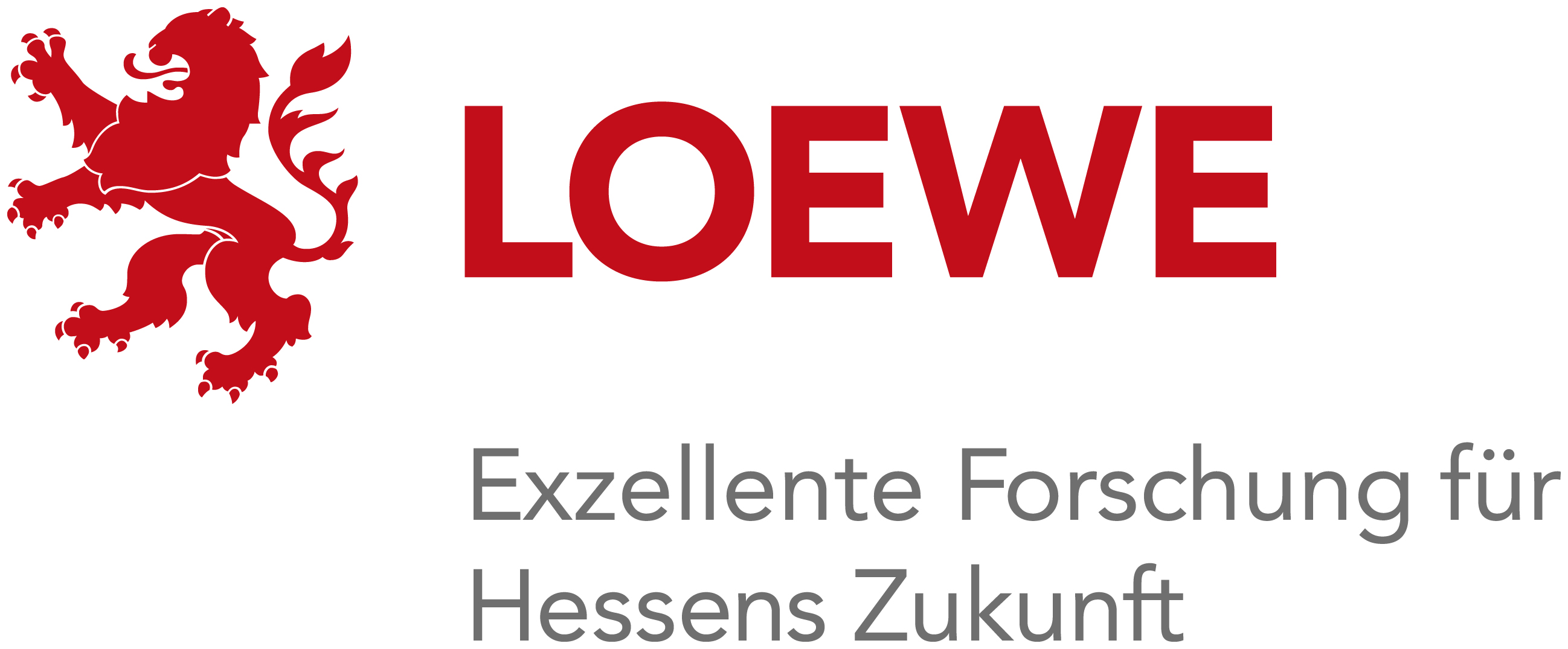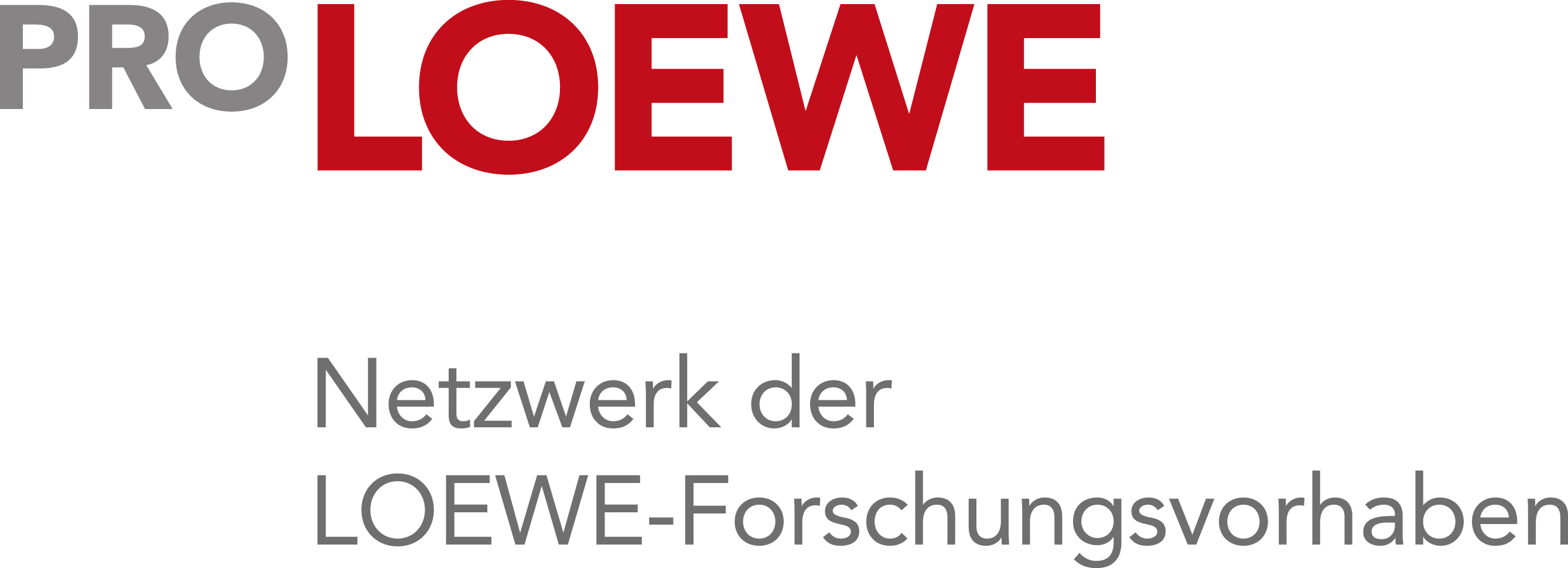Main Content
Aims and guiding idea
Aims
The aim of the Nature 4.0 project is to develop a prototype for monitoring relevant for nature conservation relevant species, habitats and processes. For this purpose, three coordinated modules will be implemented, which together form Nature 4.0: (1) A distributed-communicating network of environmental sensors using static and mobile platforms for data acquisition, (2) a database module and (3) an analysis module for user-specific evaluation and visualization of the collected information. In addition, expert surveys and existing geodata sets will be integrated into Nature 4.0 together with corresponding evaluation methods. The prototype of Nature 4.0 provides this information: Microclimate; phenology, stress state, structure, diversity and biomass of trees; diversity of insects and their biomass; spatial interaction networks. The interoperability of Nature 4.0 is ensured, among other things, by considering definitions of the Open Geospatial Consortium and by interfaces to the German Federation for Biological Data (GFBio, www.gfbio.org). The modularity of the components ensures that sensors and evaluation models can be supplemented or replaced by advanced methods.
Guiding idea
Nature 4.0 takes an innovative approach in the area of comprehensive monitoring of landscapes. Previous approaches have developed solutions for predicting and observing information from expert surveys at a few individual locations using airborne or satellite-based remote sensing data in space and over time. Nature4.0 solves the problem of this indirect form of prediction in large parts, in which a very small-scale and continuous data acquisition is already realized in situ. The basis for this is a distributed-communicating network of environmental sensors which uses remote-controlled flying objects (UAV), moving robots (rovers) and animals as mobile platforms and is also used within the framework of environmental education activities. This type of data acquisition leads to a spatially irregular but very finely meshed data set. On this basis, regular and high-resolution raster maps are generated using comprehensive geo and remote sensing data sets. Each of these grids quantifies nature conservation relevant information in spatio-temporal scales of meters and days. Together they allow the analysis of functional relationships, e.g. between vegetation structures and interaction networks.





